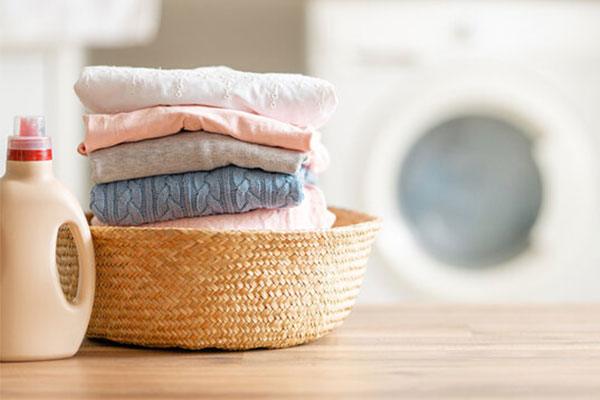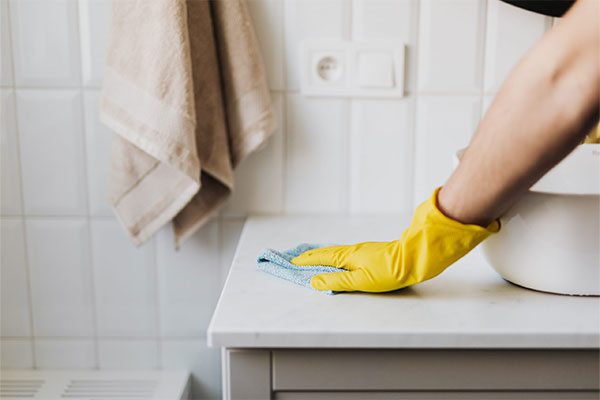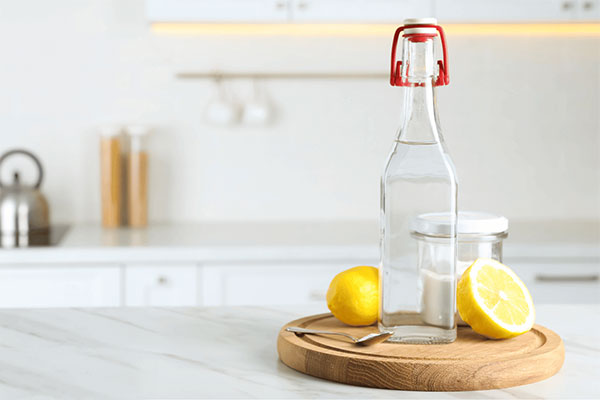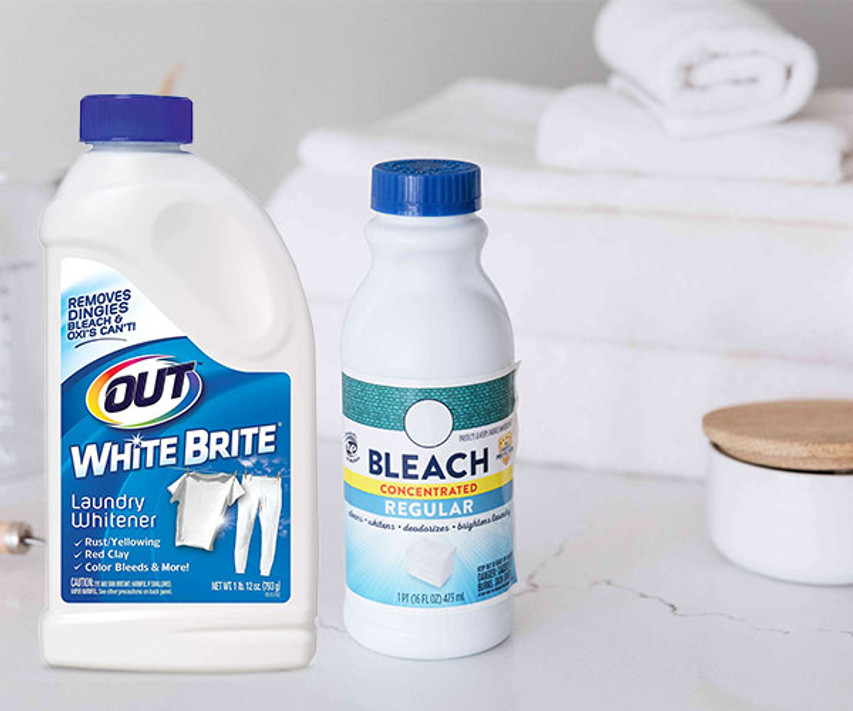Laundry Bleach vs Cleaning Bleach: Understanding the Differences
Bleach is a staple in many households, but not all bleaches are created equal. When it comes to disinfecting and stain removal, knowing the difference between laundry bleach and cleaning bleach is essential for both effectiveness and safety.
Laundry bleach is specifically formulated to whiten and brighten fabrics, helping to remove tough stains and odors from clothes. While it can sanitize laundry to a degree, many people wonder: does laundry bleach disinfect? The answer depends on the type—some laundry bleaches contain sodium hypochlorite, which has disinfecting properties, while others are oxygen-based and do not disinfect.
Understanding how to use the right bleach cleaner for the task at hand ensures you get maximum cleaning power without damaging surfaces or fabrics. Always read product labels and follow safety instructions to make the most of your bleach-based products.
What is Laundry Bleach?
Laundry bleach, often referred to as "color-safe" or "oxygen" bleach, is a milder bleach variant designed specifically for fabrics. Unlike chlorine bleach, this bleach does not remove color or patterns on most types of colorfast clothing.
It typically contains hydrogen peroxide or other oxygen-based compounds. These ingredients make it less harsh than regular bleach, preventing damage to delicate fabrics and preserving colors.

Types and Applications of Laundry Bleach
Laundry bleach is available in several forms, including liquid, powdered, and even pre-measured pods—making it accessible for both home users and commercial facilities. Each format offers different benefits: liquid bleach is easy to measure and mix, powdered bleach has a longer shelf life, and pods provide convenience with no measuring required.
While many associate laundry bleach primarily with whitening whites, its applications go beyond just brightening fabrics. Laundry bleach also helps sanitize and disinfect clothing, towels, and linens—making it especially valuable in environments where hygiene is a top priority, such as hospitals, gyms, and care facilities. In these settings, bleach helps kill bacteria and viruses that may linger on fabrics after a wash.
For everyday household use, it’s important to use the correct type of bleach and follow manufacturer guidelines to avoid color fading or fabric damage. Always check the care label on garments and use a color-safe or oxygen-based bleach for colored fabrics to maintain vibrancy and prolong the life of your clothes.
Cleaning Bleach in Everyday Cleaning
Cleaning bleach, or household bleach, is a broader category encompassing various types of bleaching agents. It's used for a range of purposes, from sanitizing surfaces to general home cleaning. Unlike laundry-specific bleach, cleaning bleach is more concentrated and used in various cleaning scenarios. The strength of bleach can be too harsh for some materials and colors, requiring careful usage.

Comparing Laundry Bleach and Cleaning Bleach
Comparing Laundry Bleach and Cleaning Bleach
The key difference between laundry bleach and cleaning bleach lies in the concentration of the active ingredient—sodium hypochlorite. Here’s how they stack up:
-
Sodium Hypochlorite Concentration:
-
Laundry Bleach: Lower concentration (typically 3–6%) – gentler on fabrics.
-
Cleaning Bleach: Higher concentration – more powerful for disinfecting surfaces.
-
-
Intended Use:
-
Laundry Bleach: Ideal for whitening clothes, removing fabric stains, and mild sanitization.
-
Cleaning Bleach: Designed for cleaning hard, non-porous surfaces (e.g., countertops, bathroom tiles).
-
-
Cleaning Power:
-
Laundry Bleach: Effective for laundry needs but less potent against tough grime and pathogens.
-
Cleaning Bleach: Stronger formula that works well for deep cleaning and disinfecting.
-
-
Safety Considerations:
-
Laundry Bleach: Generally safer for regular use in washing machines.
-
Cleaning Bleach: Requires careful handling—can be corrosive to skin, eyes, and certain materials.
-
Want more info on which bleach to use and when? Check out our full breakdown here: Commercial Vacuum vs Residential Vacuum: Which One Is Right for You?
Safety and Environmental Concerns
While both types of bleach are effective cleaners, they come with safety and environmental concerns. Handling bleach requires precautions like wearing gloves and ensuring proper ventilation. It's important to use both types responsibly, following proper disposal guidelines. There's also a growing interest in eco-friendly bleach alternatives, which offer biodegradable and sustainable cleaning solutions.

Best Practices for Using Both Types of Bleach
When using either type of bleach, always follow label instructions. For laundry bleach, it's safe to mix with detergents for colored clothes. Regular bleach should be diluted and used separately from other cleaning products to avoid harmful chemical reactions. Always use both in well-ventilated areas and store them out of reach of children and pets.
Choosing the Right Bleach for Your Needs
Understanding the difference between laundry and regular bleach ensures you choose the right product for your needs. Whether it's for laundry care or home cleaning, knowing the specific applications and safety measures can lead to more effective and safer cleaning practices.
FAQs
Can I use regular bleach on colored fabrics?
It's not recommended to use regular bleach on colored fabrics as it can cause discoloration. For colored fabrics, laundry bleach is a safer choice. It's recommended to use regular bleach only on white, bleach-safe fabrics and always to follow the garment's care label instructions.
Is laundry bleach effective in disinfecting surfaces?
Laundry bleach is not as potent as regular bleach in terms of disinfection. If you're looking to disinfect surfaces, regular bleach is a more effective option.
Can I mix laundry bleach with other household cleaners?
It's generally safe to mix laundry bleach with detergents, but avoid mixing it with other household cleaners, especially those containing ammonia or acids, as this can create harmful gases.
How should I store bleach safely in my home?
Both types of bleach should be stored in a cool, dry place, away from direct sunlight and out of reach of children and pets. Ensure the container is tightly sealed to prevent leaks.
Can regular bleach be used to remove mold and mildew?
Yes, regular bleach is effective in removing mold and mildew from surfaces. Be sure to follow safety guidelines and dilute it appropriately before use.
Are there any natural alternatives to both laundry and regular bleach?
Yes, there are natural alternatives. For laundry, baking soda and vinegar can be used to brighten clothes and remove mild stains. Vinegar and hydrogen peroxide are effective natural alternatives for cleaning and disinfecting surfaces. However, they may not be as potent as chemical bleaches in terms of disinfection and stain removal.
Recent Posts
-
Boost Cleaning Efficiency with the New Zogics HEPA Backpack Vacuum
When it comes to commercial cleaning, the right equipment makes all the difference. That’s why …Apr 18, 2025 -
Commercial Vacuum vs Residential Vacuum: Which One is Right for You?
Choosing between a commercial vacuum and a residential vacuum can be overwhelming, but it doesn …Apr 11, 2025 -
Best Commercial Cleaning Supplies for Sparkling Results
Looking for the best commercial cleaning supplies for businesses? This guide details top produc …Apr 04, 2025




